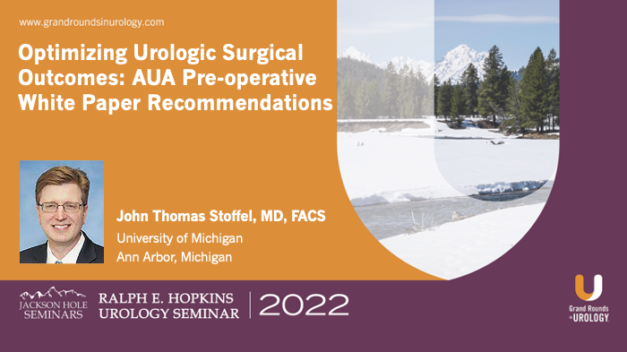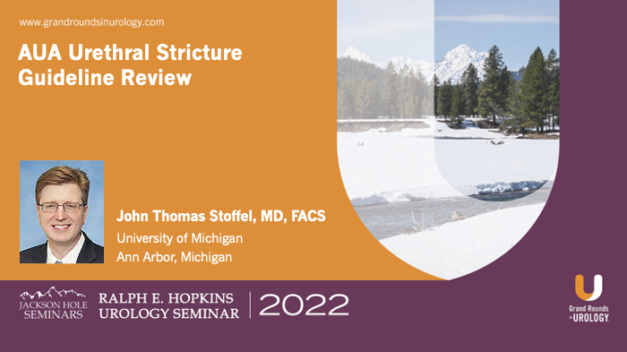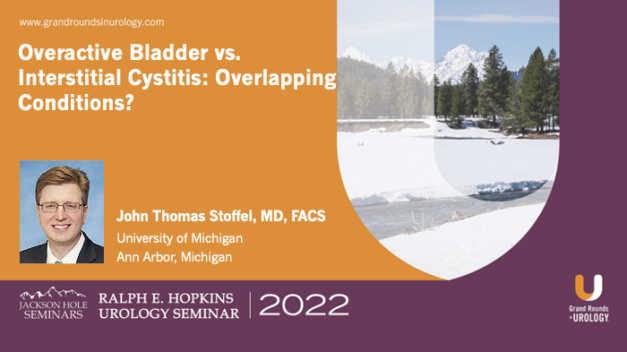Optimizing Urologic Surgical Outcomes: AUA Pre-operative White Paper Recommendations
John Thomas Stoffel, MD, Associate Professor of Urology and Chief of the Division of Neurourology and Pelvic Reconstruction within the University of Michigan Department of Urology in Ann Arbor, Michigan, outlines the purpose of the AUA quality improvement and patient safety recommendations to serve as a standardized reference for urologists as they support patient readiness for, and success after, surgery. The guidelines are broken down according to preoperative, intraoperative, and postoperative recommendations, all of which cross-thread to optimize surgical outcomes for patients.
Read More


